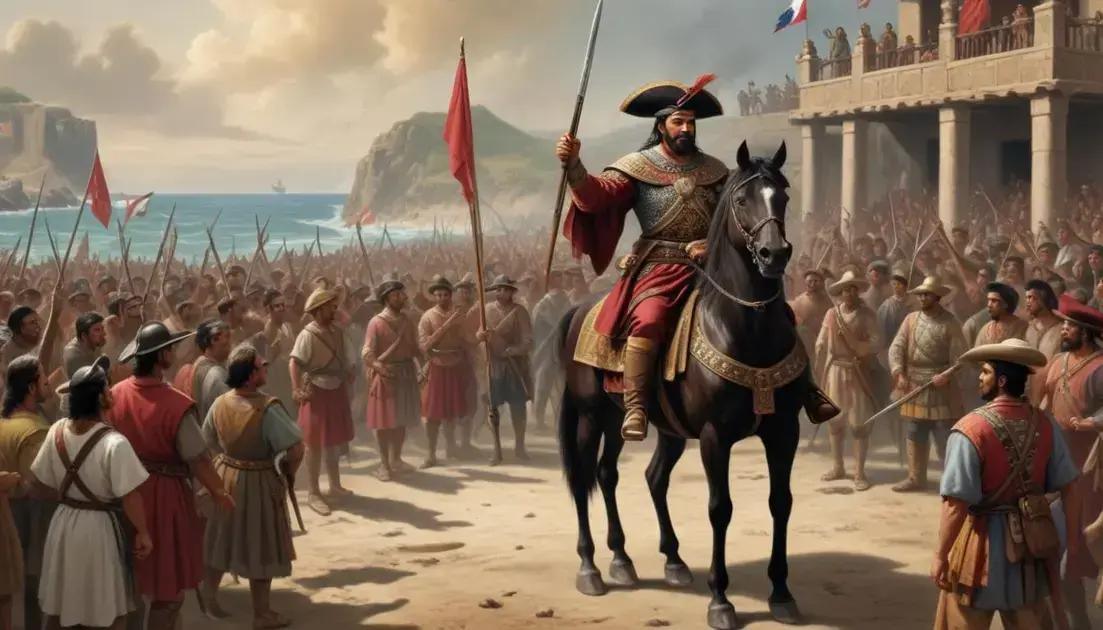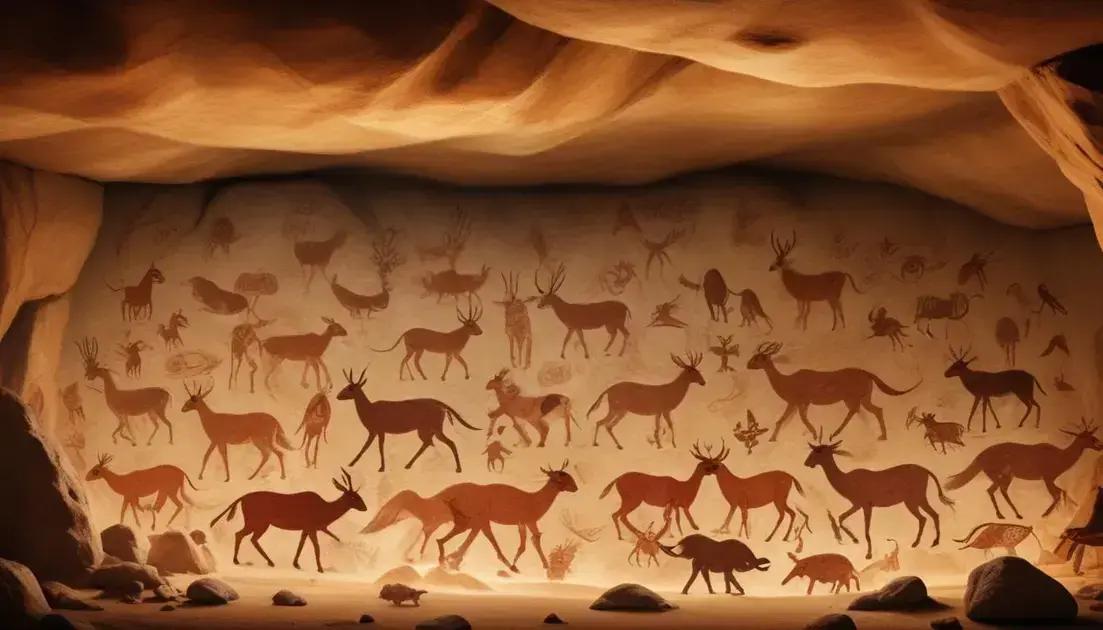
Conquest of America: Gold, Faith and Cultural Destruction
The Spanish conquest significantly impacted America, deeply influencing its culture and history. Gold motivated explorers like Cortés and Pizarro, transforming economies and initiating vast wealth flows. Faith was also crucial, leading to the spread of Christianity among Native Americans. This mixture of ambition and beliefs resulted in a rich tapestry of traditions and social changes, shaping modern Latin American identities and cultural practices.
The Cortes expeditions were pivotal moments in history, shaping the very contours of modern America. Have you ever wondered how faith and gold fueled these conquests?
The motivations behind Cortes’s expeditions
The motivations behind Cortés’s expeditions were a mix of adventure and profit. Many explorers were drawn to the idea of gold and riches in the New World. Cortés, in particular, heard tales of vast treasures in Mexico.
Quest for Gold
Gold was a huge driving force. Cortés believed that he could find immense wealth by conquering the Aztec Empire. This belief led to perilous journeys and fierce battles.
Religious Zeal
Another strong motivation was faith. Many explorers wanted to convert Native Americans to Christianity. Cortés saw this as his duty and part of his mission.
Seeking Glory
Cortés also sought fame and honor. Successful conquests could lead to titles and land, making him a respected figure in Spain. His ambition fueled his actions, leading to significant historical changes.
These motivations combined to push Cortés on a path that would alter the course of history. His journey is often seen as a clash of cultures, driven by greed and a sense of purpose.
Pizarro’s impact on the Incan Empire
Pizarro’s impact on the Incan Empire was profound and devastating. When he arrived, the Incas were one of the richest empires in the world. They had advanced systems for agriculture, architecture, and communication.
The Conquest Begins
Pizarro’s arrival in 1532 marked the start of a brutal takeover. He captured the emperor Atahualpa and demanded a large ransom for his release. This act showed his strong desire for gold and power.
Collapse of the Empire
The ransom was paid, but Pizarro executed Atahualpa anyway. This led to chaos and confusion among the Incas. Without their leader, the empire struggled to resist.
Lasting Effects
Pizarro’s conquest resulted in massive loss of life, culture, and wealth. The Spanish imposed their own laws and religion, changing the lives of the Incas forever. This shift brought about a blend of cultures but also significant suffering.
Today, we see the effects of Pizarro’s actions in the ongoing struggle for identity and heritage in Latin America. The events of that time still resonate, reminding us of the far-reaching consequences of conquest.
Cultural implications of Spanish conquest
The Spanish conquest had deep cultural implications for both the conquerors and the indigenous peoples. When the Spanish arrived, they brought their customs, language, and religion.
Religious Changes
The Spanish forced many Native Americans to convert to Christianity. Churches replaced temples as the new centers of worship. This change often led to the loss of traditional beliefs.
Language and Education
Spanish became the dominant language. Many indigenous languages declined or vanished. This shift affected communication and cultural identity.
Art and Architecture
The Spanish brought new styles of art and architecture. They built grand churches and cities. This blend created unique designs but often destroyed indigenous structures.
Cultural practices also changed as Spanish customs merged with local traditions. Festivals, foods, and daily life began to reflect this mixture.
These cultural changes are still visible today. Modern Latin American cultures show a blend of indigenous and Spanish influences, creating vibrant societies with complex identities.
The legacy of gold and faith in America
The legacy of gold and faith in America is both rich and complex. From the early conquests, gold symbolized wealth and power. It drove explorers like Cortés and Pizarro to seize lands.
Economic Impact
Gold changed the economy of Europe and the Americas. The influx of gold fueled trade and enriched nations. This quest for gold laid the foundation for future economies in the region.
Religious Influence
Faith played a critical role too. The Spanish aimed to spread Christianity. They built churches and influenced local religions. This led to a mix of beliefs that still exists today.
Cultural Heritage
The impact of this gold and faith can be seen in art, music, and traditions. Celebrations often blend indigenous beliefs with Spanish customs. This rich tapestry reflects the meeting of two worlds.
Understanding this legacy helps us appreciate the diverse culture of modern America. The interplay of gold and faith continues to shape identities across the continent.
Conclusion
In conclusion, the legacy of gold and faith in America shaped not just the past but also the present. The quest for gold led to vast wealth and trade opportunities that transformed economies. Meanwhile, the spread of faith influenced cultures and religious practices.
This blend created a rich tapestry of traditions we see today. Understanding this history helps us appreciate the diverse cultural landscape of modern America. As we move forward, the lessons from this legacy remind us of the power of ambition and belief in shaping our world.


